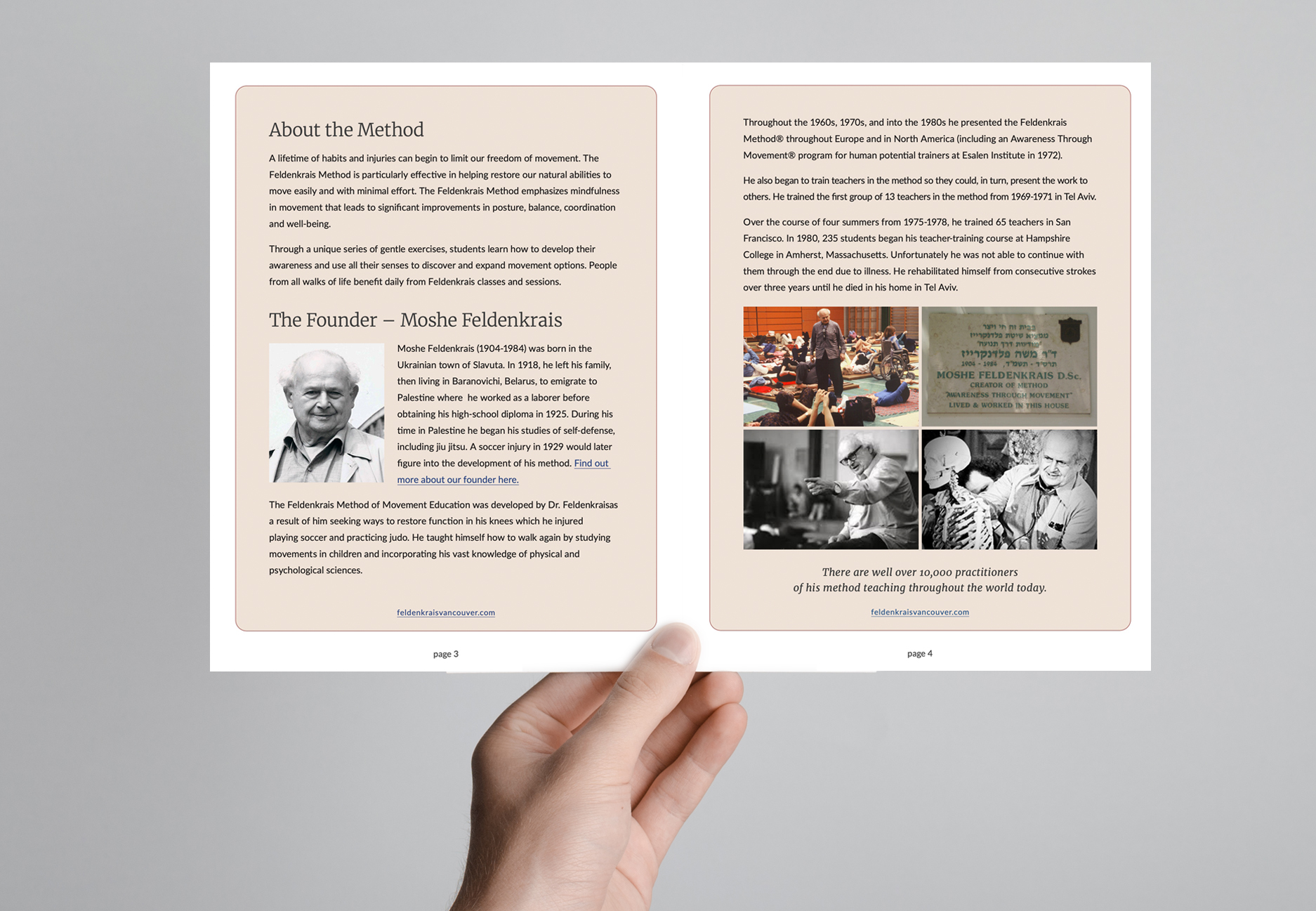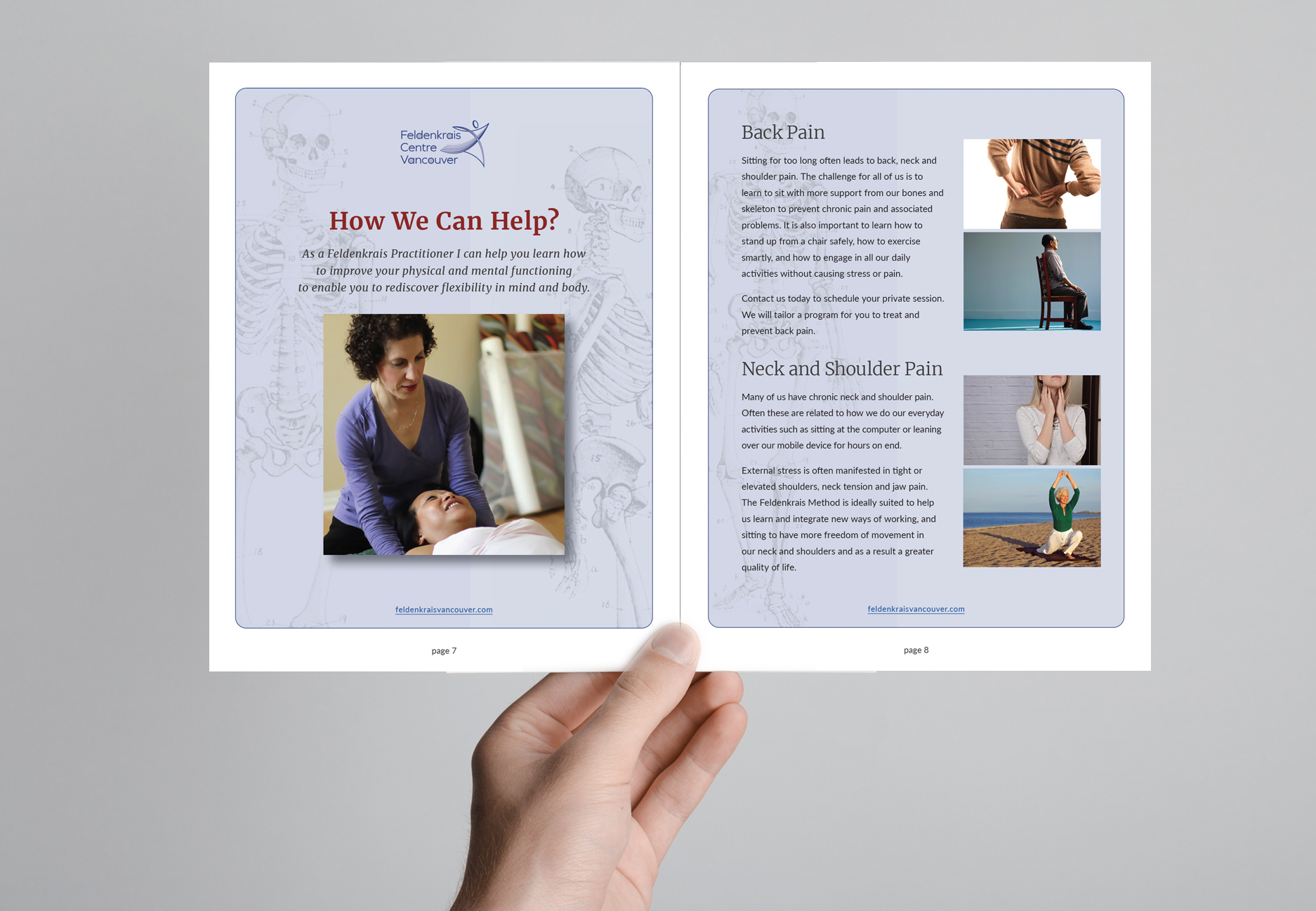I have often been asked by students for tricks on how to remember parts of, or a complete lesson. So a few years ago I started making audio recordings of classes as I taught them for anyone to listen to in order to redo their favourite lessons or explore new ones.
I now have an extensive library of recorded lessons for purchase.
The benefit of purchasing a lessons is that it is then yours to keep and to review as many times as you like. Each time I repeat a lesson I learn something new; I pick up a small kernel of new knowledge which allows me to build on previous experiences and explorations. Every time you do a lesson, you will hear a new remark or instruction, or you will hear the same thing in a different way and in the context of being at a different place in your journey of discovery.
Please contact me if you wish to purchase one or more recordings – 1 for $10 or 3 for $25. Click here for more details.
Some of the titles include:
- Bell Hand: hand movements to create nervous system calmness.
- Buttocks: activating and connecting buttock muscles for easier sitting, squatting, standing and walking.
- Freeing the Adductors: increasing awareness of muscles that free hip joints, particularly for adduction.
- Covering the eyes: coordinating the eyes with movements in the rest of your body.
- Opposing movements in the head and shoulders: examining relationship between head and shoulder movements.
- Minimal Movements Lying on the Side: looking for length through small, gentle movements
- Lifting the pelvis with a swing of the legs: connecting legs to pelvic movements
- Attention to the return – rolling: one of several rolling lessons. Rolling is an amazing movement that activates movement across our ribs and whole back and helps us move from side to side through the middle
- Sliding along the length of the leg: lengthening (not stretching) hamstrings, the Feldenkrais way.
- Shoulder and arm circles: connecting shoulders to your ribs and trunk
- Lifting the feet: lifting leg and feet extremities by engaging back and hips
- Ideal Bending: engaging flexors of chest and hips to transition to sitting
- Sitting, twisting the eyes: using eyes to help twist and turn entire spine
- Releasing the hips by holding the feet: connecting to hip joints from feet and legs
- Lifting the elbows, interlaced: engaging shoulders and chest through lifting elbows
- Edges of the feet: exploring movement along all surfaces of feet and connecting feet to hip joints
- Inhabiting your hands: discovering sensitivity in your hands and fingers
- The ribs and rolling: using upper ribs to assist in rolling
- Diagonal bending: shoulder to hip folding and effects on length of back
- Side bending on the back and stomach: lateral flexion or side bending to open ribs
- Improving flexion in back: bringing knees and elbows together
- Tilting legs in and out on back: Increasing flexibility in chest to help twist spine
- Rounding and arching back in sitting: rounding and arching, connecting with vertebrae of spine, loosening neck
- Rolling right and left: rolling from back to side and stomach while folding and unfolding
- Minimal Lifting: lift the arms and legs using minimal movements which affects upright posture.
- Crossing legs and twisting: coordinating flexor and extensor muscles of back and trunk.
- Stretching the stretch on the back: lift your legs and head with the power of your ribs and back
- The eyes organize the movement of the body: Eyes and head lead rotation of the body
- Clarifying movement of feet to improve walking: Connecting feet and trunk for better standing and walking. This lesson is done sitting in a chair.
- Self hug: Connecting the arms to roll the shoulder girdle and trunk.
- Lifting your knee while sitting: Use of lower back to bend head and lift knee. This lesson is done sitting on the floor.
- Activating the flexors: Lying on the back, folding shoulders and hips to release back muscles.
- Standing and walking: This lesson is done in standing and focuses on differentiating feet, pelvis, hips, shoulders and head for walking.
- Hip joints and legs and rolling: Working to open hip joints which leads to rolling. This lesson is primarily done while lying on the side.
- Tanden, Breathing – A breathing lesson with movements added to challenge our attention to our breath.
- Optimal lifting of the knees – In supine, lifting knee toward chest to differentiate from chest and pelvis
- Opposing movements in the head and shoulders – In sitting, turning side to side with head and shoulders incorporating spine and pelvis for turning.
- Cardinal movements of the head – Moving head in relation to spine – supine, prone and side lying
- Ribs and Rolling – rolling side to side initiating with arms and shoulders.
- Straightening the knees while leaning on the forearms – Folding head to knee and lengthening leg. Emphasis is on folding and connecting forehead to knee. Done mostly in sitting.
- Twisting the pelvis with a long arm – Connecting pelvis to shoulder through long arm.



